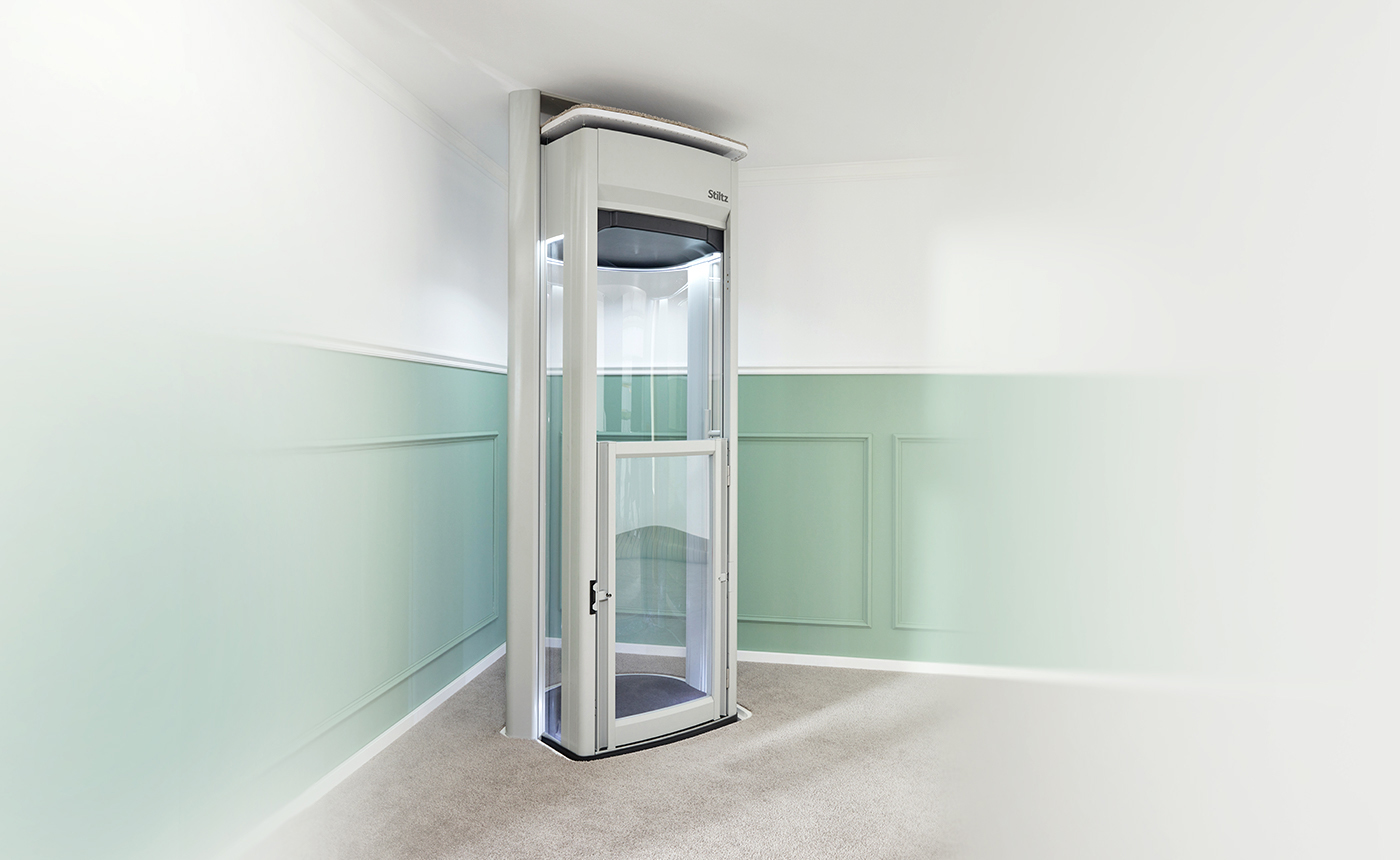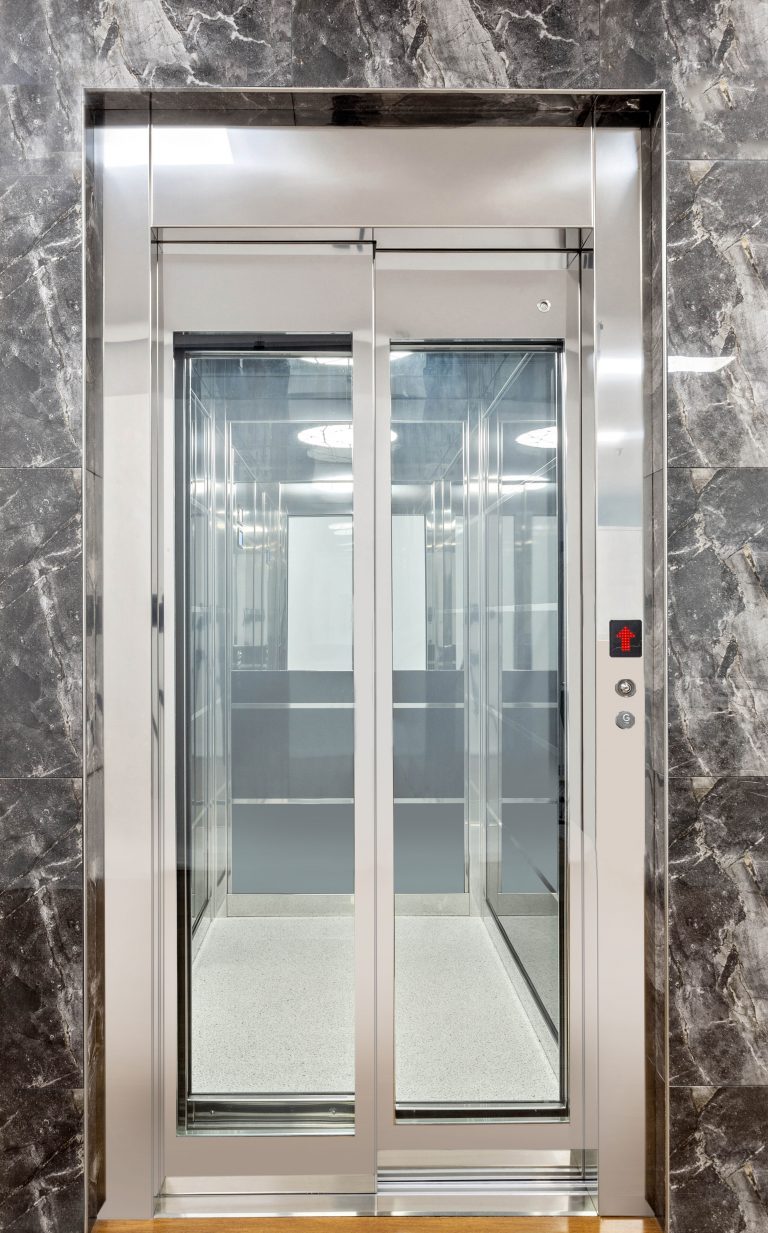Leading Lift Companies in London: Supplying Exceptional Service and Assistance
Leading Lift Companies in London: Supplying Exceptional Service and Assistance
Blog Article
Exploring the Globe of Elevators: Typical Issues Faced by Numerous Lift Mechanisms
As we navigate through the upright transport systems of modern structures, lifts stand apart as a vital element of our day-to-day lives. Nonetheless, behind their smooth operation exists a world of detailed mechanisms that can occasionally run into obstacles. From hydraulic lifts to grip systems and machine-room-less layouts, each lift type comes with its collection of typical problems. Recognizing these difficulties is crucial for ensuring the smooth performance of these vital systems. Let's explore the complexities that underlie the operation of lifts and the prospective problems that can develop, clarifying the detailed internet of lift mechanisms.
Hydraulic Lifts
Hydraulic elevators, typically favored for low-rise structures, make use of fluid pressure to control the activity of the lift car (lift repair companies). This device involves a hydraulic pump pushing oil into a cyndrical tube, creating the lift to relocate the preferred direction. While hydraulic elevators are understood for their smooth and peaceful operation, they do include their very own set of typical issues
One common problem with hydraulic lifts is oil leak. The seals in the hydraulic system can break over time, causing oil infiltration. This not just develops a mess but can likewise affect the elevator's performance if left unaddressed. In addition, problems with the control system, such as faulty valves or a malfunctioning pump, can create disturbances in the lift's movement.
Normal upkeep and timely repair services are necessary to make certain the smooth functioning of hydraulic elevators. By resolving these typical concerns proactively, structure owners can reduce downtime and guarantee the safety and security and performance of their vertical transport system.
Traction Elevators
When taking into consideration upright transportation systems in structures, another typical kind besides hydraulic lifts is the grip lift. Traction elevators run making use of a system of ropes and counterweights that move the elevator car by clutching onto the hoist ropes. This system enables smoother and quicker vertical transport compared to hydraulic systems.
Among the usual concerns encountered by grip elevators is rope wear. The continuous motion of the ropes within the traction system can lead to wear and tear over time, potentially causing the elevator to breakdown or come to be hazardous for use. Regular evaluations and upkeep of the ropes are vital to make sure the lift's appropriate functioning and security.
An additional concern that grip elevators may encounter is connected to the control system. Problems with the control system can cause problems such as erratic movement, delays in response times, or even full shutdowns. Regular testing and upkeep of the control system are critical to stop such concerns and ensure the elevator's integrity.
Machine-Room-Less (MRL) Elevators

Among the key components of MRL lifts is the portable gearless traction maker that is mounted within the hoistway. This machine effectively drives the lift auto without the demand for cumbersome equipment discovered in standard traction elevators. Furthermore, MRL lifts normally utilize a counterweight system to balance the cars and truck, further enhancing their power efficiency.
Despite address their advantages, MRL lifts might encounter difficulties related to maintenance and repair as a result of the restricted area for tools installment. Access for servicing elements within the shaft can be restricted, needing specialized training for professionals. Proper upkeep schedules and normal examinations are crucial to ensure the ongoing smooth procedure of MRL lifts.
Overloading and Weight Restriction Issues
Are lifts outfitted to handle excess weight lots effectively and securely? Overwhelming and weight limit problems are crucial problems in lift procedures. Lift suppliers design lifts with specific weight abilities to guarantee traveler security and tools longevity. Exceeding these weight limits can result in various issues, including mechanical failings, delays, and safety navigate to this site dangers.
When lifts are overloaded, it places too much stress on the motor, cords, and various other parts, potentially triggering malfunctions or malfunctions. If they spot excess weight, security mechanisms such as sensing units and overload sensors are in place to avoid lifts from moving. Additionally, going beyond weight limits can cause enhanced power intake and damage on the elevator system.
To minimize straining issues, constructing supervisors need to plainly show weight limitations in lifts and inform owners on the value of adhering to these restrictions - lift repair companies. Regular upkeep checks by qualified service technicians can also help guarantee that lifts are operating within safe weight criteria. By attending to overloading and weight limitation concerns proactively, building owners can enhance elevator safety and performance
Electrical System Failings
Going beyond weight limitations in elevators can not only lead to mechanical concerns but likewise potentially add to electrical system failings within the lift facilities. Electrical system failures are a critical problem in elevator procedure, as they can trigger unexpected shutdowns, breakdowns, or also safety risks.
Normal maintenance and assessments are critical to determine and attend to possible electrical concerns promptly, guaranteeing the efficient and risk-free operation of elevator systems. By adhering to weight limits and conducting regular electrical system checks, structure proprietors can minimize the risk of electrical failures in elevators.
Final Thought

Hydraulic lifts, frequently preferred for low-rise buildings, utilize fluid stress to regulate the activity of the elevator cars and truck.When considering vertical transportation systems more info here in structures, an additional common kind apart from hydraulic elevators is the traction elevator. Grip elevators run making use of a system of ropes and weights that move the lift car by grasping onto the hoist ropes. Unlike traditional elevators that call for a different maker area to house the tools, MRL elevators integrate many of the elements within the shaft, removing the demand for a specialized maker area.In final thought, lifts deal with common issues such as hydraulic breakdowns, traction system failings, and electric system troubles.
Report this page